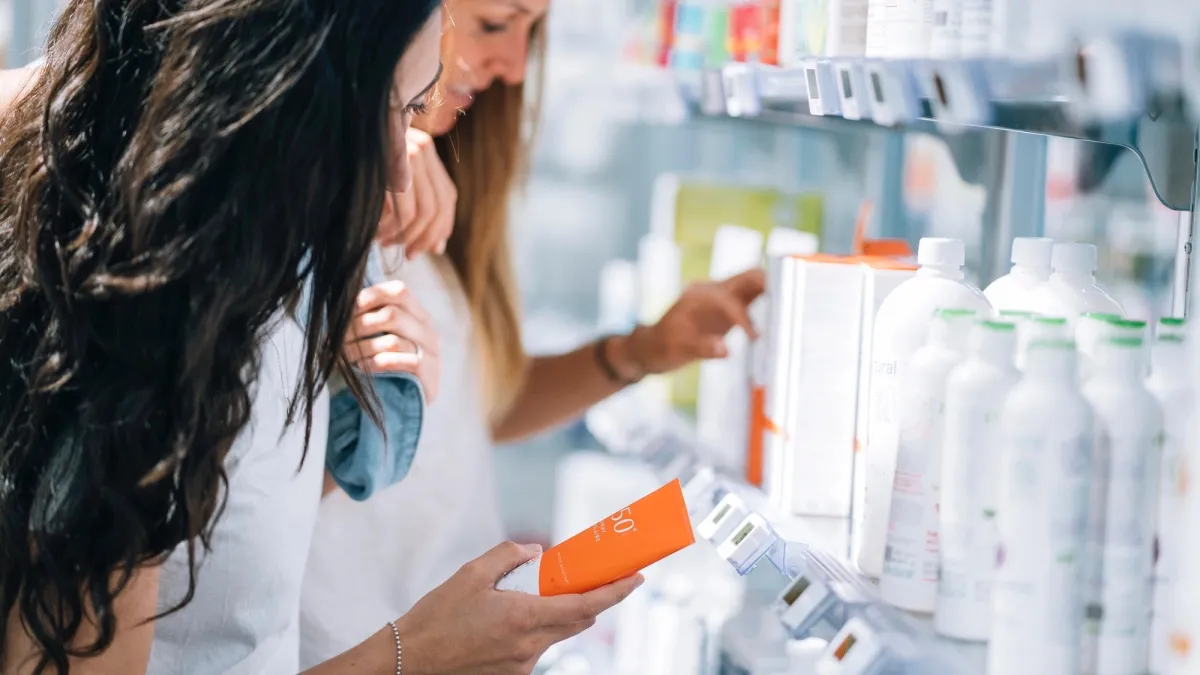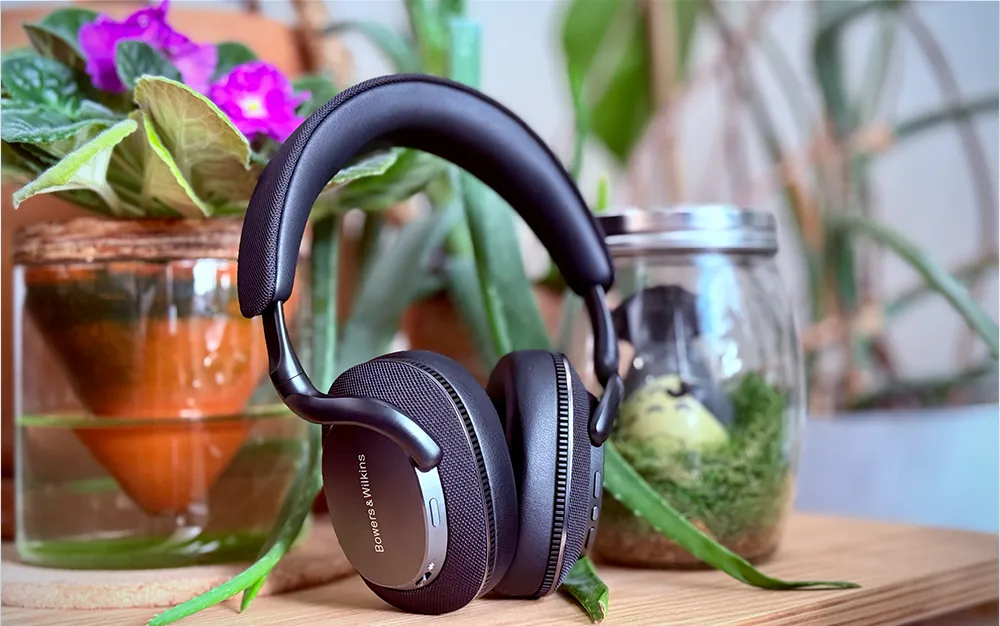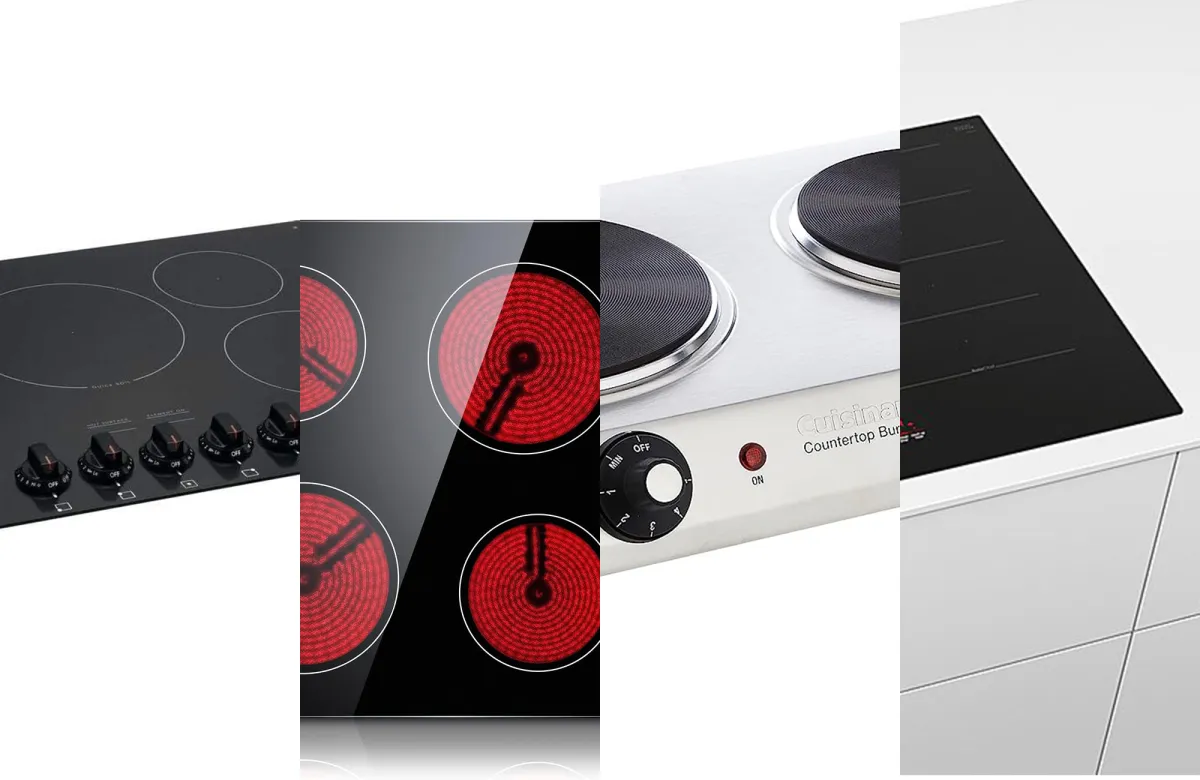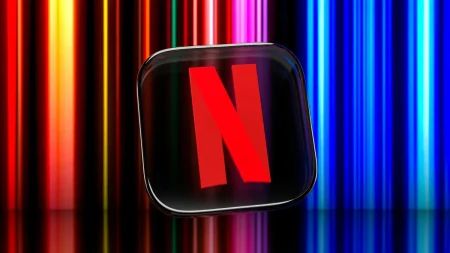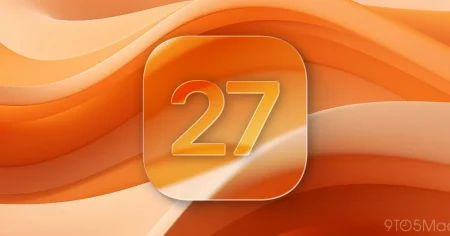It’s been a rough stretch for many budgets, thanks to tariffs and rising grocery bills. If you stashed money this year in a Flexible Spending Account (aka a Flexible Spending Arrangement) and managed to dodge major medical expenses, now’s the time to put those hard-earned, pre-tax dollars to work for you and stock up for 2026 before your plan’s deadline.
While FSAs are best known for covering copays and over-the-counter basics—like anti-inflammatories and cold & flu meds, first-aid and emergency kits, and vision and eye-care—you may also be able to put that balance toward high-tech health wearables, mobility and recovery gear, or even certain specialty mattresses and e-bike setups with a doctor’s note. And there’s no legal reason you can’t take advantage of that FSA and a discount shopping holiday like Black Friday/Cyber Monday simultaneously, so scroll those sales ASAP! You’ve already used the funds to lower this year’s tax liability; now let them enhance next year’s life.
When FSA funds expire, and how the deadline works
A health FSA is an employer-sponsored benefit that lets you set aside part of each paycheck—up to $3,300 for 2025—into an account for out-of-pocket medical costs. You decide whether to opt in when you start a job or during annual open enrollment or other qualifying life events, and then determine how much to contribute from each paycheck. Think of it as a single-year health nest egg you can use for deductibles, copayments, prescriptions, and a range of eligible medical expenses.
Traditionally, you submit a claim to your FSA administrator with proof of what you bought and confirmation that insurance didn’t cover it. Many plans now offer a debit card you can swipe like a checking account, but it’s still smart to save your receipts in case your plan—or the IRS—asks for documentation later.
An FSA can be a powerful budgeting tool for people with predictable, recurring medical costs, such as a payment plan for braces, monthly insulin refills, or a new annual supply of contact lenses. But if your FSA is more of a “just in case” cushion, it’s easy to reach the end of the year with a surprising amount of money sitting there—and a countdown to spend it.
Unlike Health Savings Accounts (HSAs), FSAs require you to spend your balance by December 31 or you forfeit the funds. Some employers offer a small rollover—up to $660—or a grace period of an extra month or two to use the remaining funds. For your plan’s exact rules, check with your employer.
What you can buy with FSA money
What’s covered by FSA reimbursement is determined by the IRS and must be a “qualified medical expense.” In the IRS docs, that’s defined as “costs related to the diagnosis, cure, mitigation, treatment, or prevention of disease, or expenses that affect the structure or function of the body.” First-aid supplies and over-the-counter meds may come to mind first, but it can also include things like:
- Broad-spectrum sunscreens (SPF 15+), including lip balms and mineral formulas
- Menstrual care products (tampons, pads, cups, liners)
- Contraceptives and condoms
- Acne treatments (benzoyl peroxide, salicylic acid, and some prescription-strength topicals)
- At-home diagnostic tests (COVID-19, flu, UTI, pregnancy, ovulation)
- Baby health gear like digital thermometers, nasal aspirators, and infant sunscreen
- Hot/cold therapy packs and reusable compresses
- Orthotic insoles and support braces for feet, knees, or wrists
- Medical-grade skincare (eczema creams, scar treatments)
- Smoking cessation products (nicotine gum, patches, lozenges)
Your FSA provider is ultimately the referee here. If you’re hoping to get reimbursed for something that isn’t clearly listed as an eligible expense, you may need a Letter of Medical Necessity (LMN)—essentially a note from your doctor explaining why you need it for a specific condition. With an LMN, some plans will cover things like vitamins, exercise equipment or fitness trackers, specialty pillows or mattresses, and even massage guns, as long as they’re prescribed to treat a documented medical issue and your plan signs off.
Where can I buy FSA-eligible items online?
It’s easy to find FSA-eligible items online; many vendors clearly label FSA and HSA items, and large retailers like Amazon, Target, Walmart, and CVS have dedicated portals.
Best FSA-eligible gear to stock up on right now
Skincare and sun protection
Supergoop! Unseen Sunscreen – SPF 40 – Clear & Invisible Face Sunscreen + Broad Spectrum + Makeup-Gripping Primer – 1.7 fl oz
This staff favorite is one of the few sunscreens that some of us will put on our faces. It goes on invisible—no smeary white to rub in—and is virtually weightless. How does a liquid leave a powdery feel? We’re not sure about the chemistry, but we know it happens. And if you’re outdoorsy, it’s not just important during sunny summer, so it’s a perfect Add to Cart.
Banana Boat Sport Ultra SPF 50 Sunscreen Lotion, 12oz
Need a bigger bottle to smear on the kids? This family size provides SPF 50 protection that resists sweat and water. But remember: You’re supposed to put a shot glass’s worth of sunscreen on each time you head out in the rays.
At-home medical devices
OMRON Platinum Blood Pressure Monitor for Home Use & Upper Arm Blood Pressure Cuff
Blood pressure probably isn’t top of mind unless you know yours is too high or too low. Having a reliable monitor at home provides a convenient way to check your blood pressure more often than random clinical visits, which can help spot sudden changes or changing trends. Versions with arm cuffs, like this Omron Platinum model, tend to be more accurate than the wrist-worn kind. This model stores up to 100 readings for two users and syncs with the OMRON connect app to easily share reports with your doctor.
Stelo Glucose Biosensor & App by Dexcom
Part of the promise of tech-infused health care is more personalized care. The cost of devices like at-home glucose monitors has come down enough that people can now see how different foods, workouts, and even sleep affect their blood sugar in real time. This particular device isn’t intended for people with diabetes or for managing a diagnosed condition.
First-aid kits and supplies
BAND-AID Brand Travel Ready Portable Emergency First Aid Kit for Minor Wound Care
This compact first-aid kit is small and inexpensive enough to stash anywhere you tend to do everyday damage and suddenly need a bandage. Inside are 80 pieces of essential care—hand-cleaning wipes, extra-strength Tylenol, gauze, Neosporin, and more—all in a package that fits easily in a glove box, desk drawer, or carry-on bag.
FriCARE Self-Adhesive Bandage Wrap, Medical Tape in First Aid Kit
We stash these self-adhesive rolls of tape in all sorts of places: first-aid kits, sports bags, most notably. They’re latex-free, great for sprains or just holding gauze or large bandages in place without using the kind of tape that feels like it’s going to rip your skin off when you remove it. It’s even useful for furry family members (animal or human).
Vision and eye care
Biotrue Hydration Plus Contact Lens Solution with Lens Case (Pack of 2)
Contact solutions do expire, but regular users often find they fly through these 10-ounce bottles faster than they expect. This two-pack of multipurpose cleaner also comes with a new contact case to replace your crusty one.
ThinOptics Universal Pod Case + Rectangular Reading Glasses
We know two things about readers: either you refuse to wear them, or you own a pair that’s never where you actually need it. ThinOptics solves that with ultra-slim specs that tuck into a case and attach to the back of your phone. They’re armless, resting on your nose like an old-timey pince-nez, and come in standard 1.0, 1.5, 2.0, and 2.5 magnifications.
At-home testing kits
iHealth COVID-19, Flu A&B 3-in-1 Antigen Rapid Test
Is the coughing and sneezing some dust or something bigger? Stock up on these rapid 15-minute tests to get your first indications whether you have flu or COVID, and then plan out your next steps.
Clearblue Early Detection Pregnancy Test, 5 Ct
Preggers? Not preggers? Whichever outcome you want, this early-detection test finds even low concentrations of the pregnancy hormone and features a wide tip for, uh, easier collection.
Unexpected FSA-eligible products most people don’t know about
Some of the more surprising gadgets and big-ticket buys aren’t “swipe your FSA card and walk away” purchases; they usually require you to pay in full and do a little extra after checkout. But if you’re not afraid of some paperwork, some cool splurges can help you improve your health. For many, brands partner with a program like Truemed, which has you fill out a health survey after purchase so a licensed provider can review your situation and, if you qualify, issue a Letter of Medical Necessity. Then you simply submit the letter plus your receipt (sometimes only for the amount above a “basic” version), and your FSA administrator processes repayment. Here are just a few examples of tech you might have thought was cool, but could also be FSA reimbursable (confirm with your insurance/doctor before any major purchase).
Ray-Ban Meta Wayfarers (Gen 2)
Glasses are one of the most fun (or at least most functional) ways to burn through FSA funds—and if you wear prescription lenses, that can even include Ray-Ban Meta Wayfarers, aka AI glasses in disguise. They correct your vision and let you whisper questions to Meta AI (“What’s the currency conversion?” “Where’s the nearest coffee?”) while casually snapping photos and videos without doing the full phone-fumble. (This is a joy we’ve experienced first-hand on rocky ridges with the dog, where you need all your hands free but still want a picture of your furry friend against the horizon.)
They’re also a great way to escape the tyranny of noise-canceling headphones: tiny speakers and mics aim sound at your ears so you can play music, get reminders, and still hear the real world happening around you. Plus, upcoming software updates will likely expand the capabilities, including their use as hearables (though there are already dedicated Nuance Audio hearing frames you can purchase as an FSA-eligible prescription pair if you’re more concerned with what’s audible than what’s AI).
There are other Meta models that quality. But no matter what frame shape you select, we also highly recommend getting Transitions lenses, so they pull seamless double duty as both your everyday specs with blue light filters and your stylish sunnies.
One caveat: super-strong prescriptions (the kind that usually require high-index lenses) may not work in Meta Ray-Bans due to the delicate electronics, which could be damaged by the pressure required to insert the optics.
Oura Ring 4
A discreet, screenless health tracker, the Oura Ring 4 goes far beyond sleep. It automatically tracks activity, blood oxygen, heart and respiratory rate, and skin temperature changes, then turns those metrics into clear, behavior-focused guidance in the app. You can even log personal factors—like caffeine intake or alcohol consumption—to see what’s affecting your rest. It’s ideal for people who care more about health insights than hardcore fitness training stats, and who want something smaller and subtler than a smartwatch. To unlock the full features of the ring, a membership is also required.
Other wearables—Garmin smartwatches, for example—can qualify for reimbursement with a post-purchase Truemed assessment and approval. While select sleep and heart-rate monitors (and smart scales) don’t even require that.
Select Ride1Up e-bikes
Exercise is a huge part of staying healthy—and yes, some e-bikes can qualify for FSA spending. We’re talking Class 1 e-bikes only: operable pedals, no throttle, and a max assist speed of 20 mph to make sure you get some sort of workout.
At Ride1Up, for example, you can choose from the road-ready CF Racer1 (pictured above), the off-road TrailRush, or the commuter-friendly Prodigy v2. After checkout, Ride1Up will send you a quick Truemed health survey, and if you’re approved, you’ll get the Letter of Medical Necessity you need to submit your purchase for FSA reimbursement. If there’s another ebike brand you’ve been eyeing, it’s worth checking their site.
Select Purple mattresses
Much like e-bikes, mattresses usually require a Letter of Medical Necessity, and not every model qualifies. You need features that go beyond a basic bed—pressure relief, targeted support, cooling layers, or designs that help with pain or sleep issues—which means going beyond a basic bed’s price. For example, Purple’s RestorePlus Hybrid (pictured above) fits the bill with three inches of GelFlex Grid that contours to your body, supports your lower back, and sleeps cooler than traditional materials. Funds will come in handy when purchasing a multithousand-dollar mattress, but as owners of a Purple RejuvenatePremier (as well as a lumbar back cushion for long-haul flights), we can vouch for the namesake material’s relief return on investment.
Keep in mind that often only part of the mattress is eligible for reimbursement—usually the amount that exceeds the price of a basic mattress. After purchase, Purple partners with Truemed, which sends a quick medical survey plus simple instructions for submitting that eligible portion to your HSA/FSA administrator. Other mattress manufacturers may have similar setups.
Chirp Halo Wireless Muscle Stim
Chronic pain sufferers might be interested in the Halo, a $199.99 device that combines TENS and EMS technologies to deliver electrical pulses that both block pain signals and increase blood flow to sore areas. The charging case holds two Halo pucks, a rechargeable remote, extension cables, and a set of reusable magnetic pads. Not sure where to place the pads? The companion app shows you exactly where to apply them based on your pain points. You can choose from six preset programs and still adjust the intensity and duration to your comfort level. Purchases through the Chirp website can be made with FSA/HSA cards, though the company notes you may need additional documentation for reimbursement.
Theragun PRO Plus percussion massager
There are massage guns and then there are Theraguns. The $649.99 PRO Plus doesn’t just hammer whatever hurts; the app gives you smart, guided routines so you’re treating the right muscles (often the ones around the sore spot). When you connect a Garmin, Apple Watch, Strava, or Google Fit, it pulls in your activity to build personalized recovery plans based on your goals, actual workouts, and current science.
Hardware-wise, it’s fully loaded: hot attachments for soothing warmth, built-in LED light therapy (a miniaturized panel like those skin tone/texture therapy Glo masks, which are also FSA eligible), plus all the classic heads—standard ball, dampener, thumb, wedge, and micro-point. If you want to go full hot-and-cold recovery geek, you can even add a separate cold attachment. It’s basically a high-end recovery studio.
FSA spending checklist ☑️
Before your deadline hits, run through this quick list to make sure you’re getting the most out of your FSA balance:
- Check your balance: Log into your FSA portal or app and see exactly how much money you have left.
- Confirm your deadline: Look up whether your plan ends on December 31, offers a grace period, or has a different cutoff.
- Verify rollover eligibility: See if your employer allows you to roll over a portion of unused funds into next year—and how much.
- Catch up on care: If you postponed any care (like fillings or other treatments), try to book appointments now before the end of the year, keeping in mind December slots go fast.
- Stock up on essentials: Focus on FSA-eligible basics you know you’ll use—OTC meds, first-aid supplies, vision care, etc. Avoid overstocking items that expire quickly (like sunscreen) if you’re not sure you’ll use them.
- Buy long-lasting health gear: If you still have room, look at eligible health tech, support gear, or other durable items that fit your needs.
- Check for Letters of Medical Necessity: Some items require a clinician’s note for reimbursement. Request this early—providers are busiest at year’s end, and they may say no.
- Submit any reimbursement claims: Gather receipts, upload documentation, and file all eligible expenses before your plan’s deadline.
VIA: popsci.com




